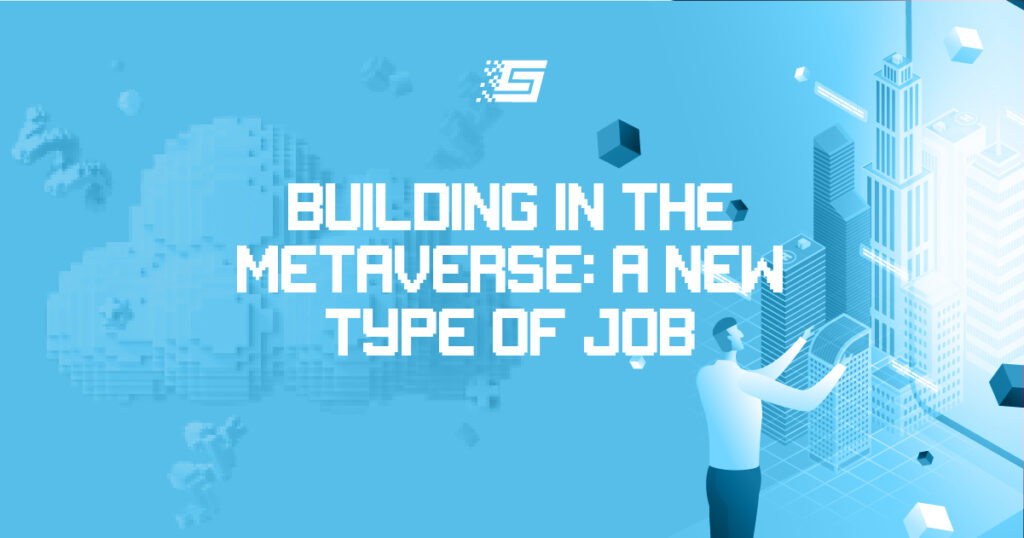Brands Implementing Augmented Reality (AR) Today
Augmented reality is a technology that overlays computer-generated elements into the physical environment. Economic experts believe that the global AR market is set to grow exponentially. Currently, it stands at $7 billion and might reach $97 billion by 2028. This article will examine some brands implementing Augmented Reality in marketing their products.
Burberry: Olympia Pop up at Harrods
Recently, Burberry launched a new fashion bag, Olympia. Later, it added a pop-up augmented reality experience in a famous London store, Harrods, to complement the new product. People that buy the Olympia bag in Harrods will also find an in-store QR code.
By scanning the code, the Greek Elpis statue will pop up and move about in the buyer’s environment. Buyers can even take pictures of the statue or video it.
Burberry believes this innovative creation will allow customers to explore the relationship between physical and virtual experiences. Hence, creating a new reality for the brand and its community.
L’Oreal
Cosmetic giant L’Oreal created the AR experience, the L’Oreal Modiface experience. This AR interface allows customers to preview shades on a video or a photo of themselves.
L’Oreal designed the app to let users generate a complete look of themselves using one of L’Oreal’s products they wish to buy. This app creates images that portray a shade matching the user’s skin tone. Thereby removing the need for customers to physically try on L’Oreal makeup products before selecting the best ones to buy.
Ikea Studio
Earlier, Ikea Studio created an app where users project virtual furniture in a room to know whether it fits. Currently, Ikea’s Design Studio Space 10 has improved its AR offerings. The all-new app allows users to capture the plans of a complete 3D room. Then, they can redesign these plans by adding other elements like windows, wall colors, rugs, etc.
Ikea Studio makes AR so easy that users can do all those designs and modifications via the liDAR sensor on their phones.
Meanwhile, the product is still in its beta. Thus Ikea is yet to link the app with its website. Also, Ikea made this app in preparation for the forthcoming Apple Glass, which experts believe could create more realistic AR experiences.
Adidas
During the pandemic, restrictions made it impossible for people to visit fashion outlets. This restriction influenced brands to embrace technologies that connect them to users. Sports giant Adidas is one such notable brand.
Adidas created an augmented reality feature compatible with its iOS app. This enabled users to preview how shoes would appear on their feet. The app could also display how the customer might look when walking or running with the shoe.
Amazon – Hair coloring at Amazon Salon
E-commerce giant Amazon set up its first-ever Salon in London as a trial of its newest retail technology. Customers can use the AR technology from Amazon to learn about products before buying or using them at the Salon.
Meanwhile, more critical use of AR at Amazon’s Salon is that each chair has a tablet that allows customers to experiment with digital versions of shades before selecting the best one for their hair. Despite the benefits of this Salon, there are fears that Amazon might be using it to gather information about the hairstyling preferences of people, which many see as an uncomfortable way of doing research.
Gucci
Among luxury brands, Gucci was the first to create an AR app for testing sneakers. This move was productive for the company, as buyers could try on shoes before purchasing them. Also, it helps buyers make accurate decisions on what they wish to buy, lowering the regular return of products.
Gucci took a further step in creating virtual sneakers. Their prices range from $9 to $12 and are most suitable for metaverse users. When visiting metaverse platforms that support NFTs, owners can generate and download an NFT version of virtual sneakers from the Gucci app and wear it on their avatar.
Kohl’s – Digital Closet with Snapchat
In late 2020, Kohl’s partnered with Snapchat to bring cloth shopping to people’s homes. Using a snap code, buyers can casually look at a piece of clothing or mix and match its digital version. So, if interested, the buyer will order such an outfit instantly on Snapchat.
This bold move helped to increase the number of Kohl’s active customers. Likewise, it increased their desire to scan and purchase clothes on virtual platforms.
Acura
In 2017, Acura employed AR in creating a competitive game where racers could test-drive various models of its cars. Acura set up this competition for two main reasons.
First, to deliver exciting experiences that can help potential buyers envision what it feels like driving a real Acura car. Secondly, to help adjust people’s perception of the brand’s vehicles and stop the rumors that Acura’s products are low-performance vehicles.
Pokemon Go
Indeed, Pokémon Go is one of the best examples and applications of augmented reality. The idea is to let users catch virtual creatures, known as Pokemon, using superimposed images of the creatures in the real world. The game locates a user using GPS and populates his environment with Pokemons. Afterward, the player will try to catch all the Pokémon around him.
Interestingly, GPS integration ensures that some rare Pokemons can only be caught in a specific geographical location. This gave birth to Pokemon Go communities where members can track and trade rare Pokemon. Pokémon Go’s innovative game seems to have paid off, pulling a revenue of $6 billion in 2020.
Closing remarks
Augmented reality is a technology that brands can use to improve their marketing. Also, using AR can help businesses become better with creativity, increase a brand’s recognition and connect them to more customers.
AR gained much traction in digital marketing during the lockdown because people became excited about bringing digital versions of tangible goods into the real world.
Leading companies are applying this effective technology to reach more customers while creating new use cases for augmented reality. As metaverse adoption grows, so will the trend with augmented reality.


